Tardigrades, often referred to as “water bears,” are microscopic creatures renowned for their extraordinary ability to survive extreme conditions that would be lethal to most other forms of life. Here are some remarkable facts about these resilient organisms:
1. Extreme Temperature Tolerance
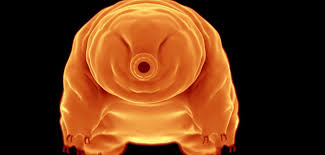
Tardigrades can endure temperatures ranging from just above absolute zero (approximately -272.95 degrees Celsius) to over 150 degrees Celsius. This incredible range allows them to thrive in diverse environments, from icy polar regions to hot springs.
2. Radiation Resistance
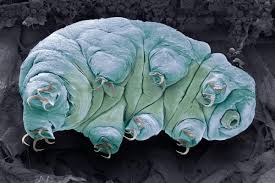
These tiny animals can withstand radiation levels thousands of times higher than what humans can tolerate. Their unique biological makeup enables them to repair DNA damage caused by radiation, making them one of the most radiation-resistant organisms known.
3. Desiccation Survival
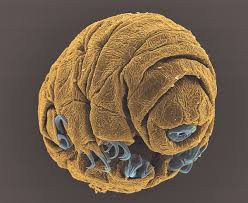
When faced with dehydration, tardigrades enter a state called cryptobiosis, where they expel more than 95% of the water from their bodies and curl into a protective ball known as a “tun.” In this state, they can survive for years without water and rehydrate within minutes upon contact with moisture.
4. Vacuum of Space

Tardigrades are the only known animals that can survive the vacuum of outer space. They have been sent into space and exposed to cosmic radiation, returning to Earth unharmed and able to reproduce after rehydration.
5. High-Pressure Resistance

Tardigrades can withstand pressures up to 40,000 kilopascals, which is over six times the pressure found in the deepest ocean trenches.
6. Chemical Resistance
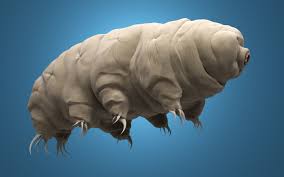
These organisms can also endure exposure to harmful chemicals and extreme salinity levels, showcasing their adaptability to various harsh environments.
7.Unique Proteins
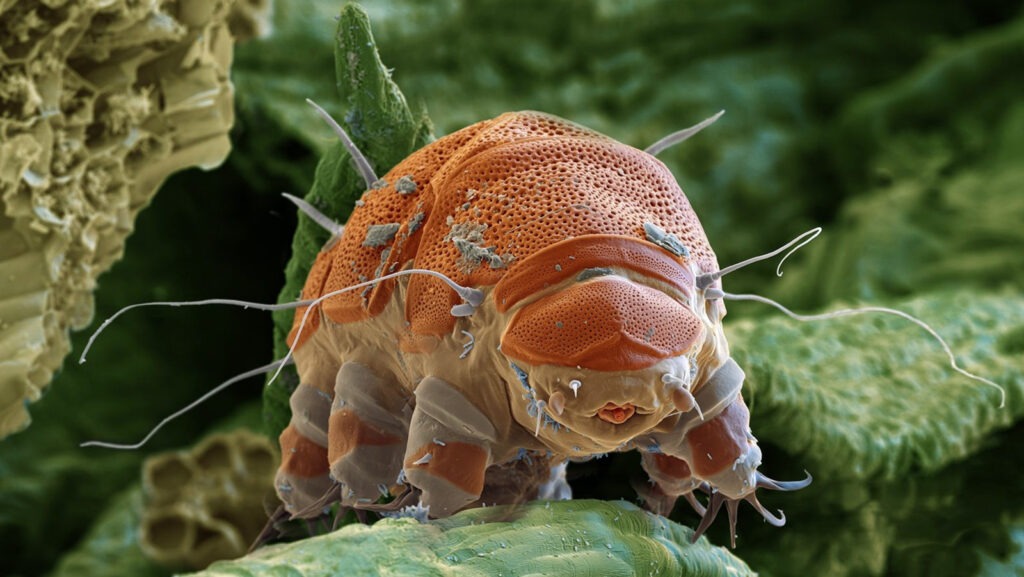
Research has identified specific proteins in tardigrades that play a crucial role in protecting their cells during extreme conditions. These proteins help stabilize other biological components, potentially informing advancements in pharmaceuticals and vaccine storage.
8. Global Distribution
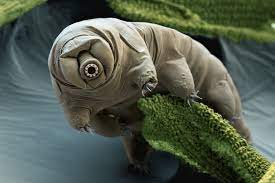
Tardigrades inhabit a wide range of environments, including freshwater, marine, and terrestrial ecosystems across all continents, including Antarctica.
9. Potential Applications

Understanding how tardigrades survive extreme conditions could lead to innovations in biotechnology, such as improving vaccine stability and developing crops that can withstand droughts and other environmental stresses.
The study of tardigrades not only highlights the resilience of life but also opens up new avenues for scientific research and practical applications in medicine and agriculture. Their extraordinary adaptations continue to fascinate scientists and inspire further exploration into the limits of life on Earth and beyond.









